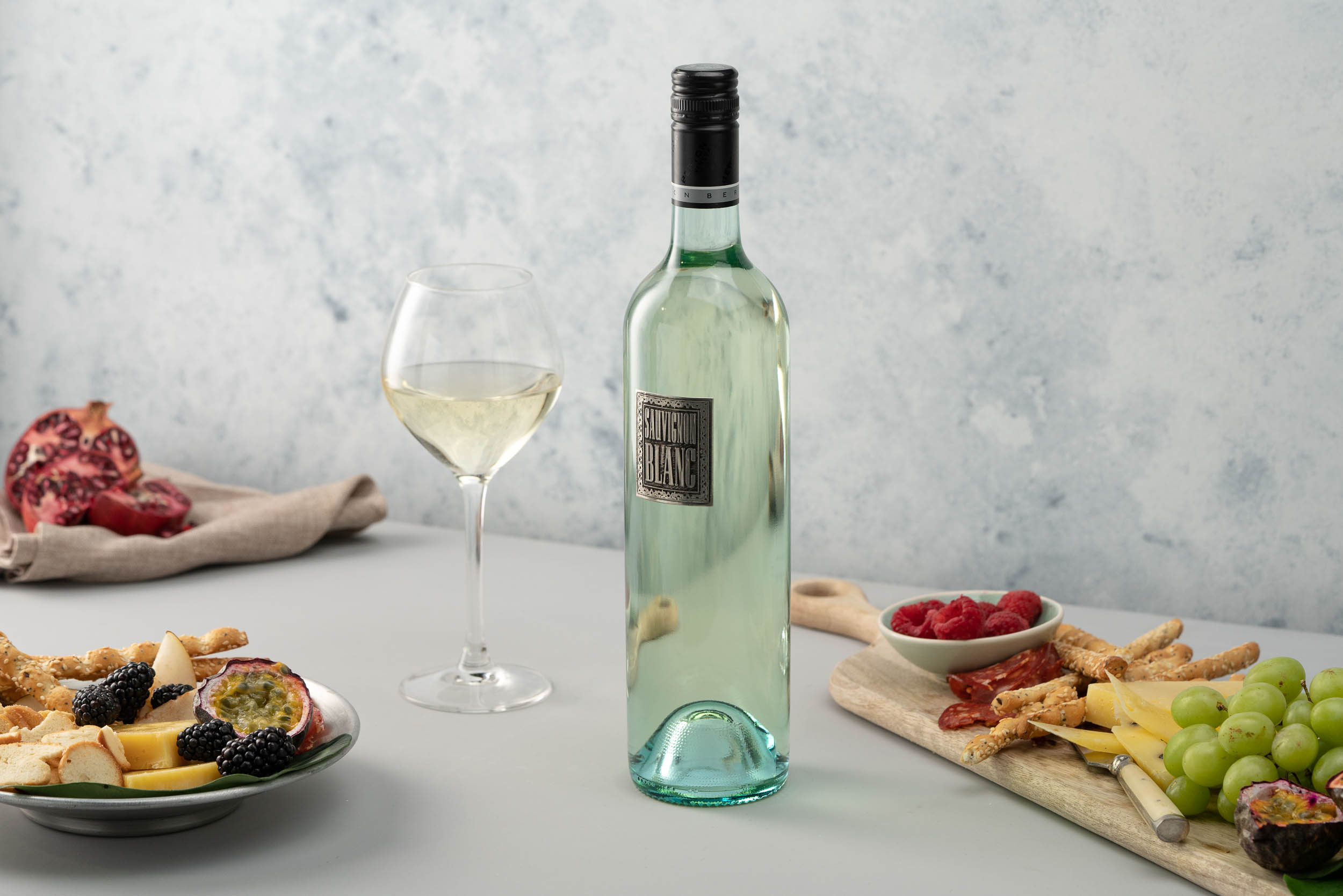Whether you are a complete novice or just looking to expand your knowledge, understanding wine types, varietals, and the basics of wine tasting is a fascinating journey that can enhance your appreciation of this timeless beverage.
Wine Types: Wines can be broadly categorized into three main types: Red, White, and Rosé. The primary distinction lies in the grape variety used and the way the wine is produced.
● White Wine: Produced from green or yellow grapes with the skins removed, white wines vary from crisp and refreshing to creamy and full-bodied. Chardonnay, Sauvignon Blanc, and Riesling are well known white wine varieties. Recommended White Wines: Avalon Chardonnay from the USA, Metal Label Sauvignon Blanc from Australia and 19:59 Single Varietal Gewurztraminer from Germany.
● Red Wine: Made from dark-coloured grapes with the skins left on during fermentation, red wines range from light and fruity to bold and tannic. Popular red varietals include Cabernet Sauvignon, Merlot, and Pinot Noir. Recommended Red Wines: 19:59 Single Varietal Cabernet Sauvignon from France, 9 Lives Merlot & Gato Negro Pinot Noir from Chile.
● Rosé Wine: Made from red grapes with limited skin contact, rosé wines have a pink hue and exhibit a wide range of flavors, from dry and crisp to sweet and fruity. Recommended Rosé Wines: Laurent Perrier Cuvée Rosé from France, Fantini Calalenta IGP from Italy and Metal Label Rosé.
Varietals: The Unique Grape Expressions Within each wine type, you will discover different varietals, each with its distinct flavours, aromas, and characteristics. For instance, Cabernet Sauvignon is known for its bold blackberry and cassis notes, while Chardonnay offers a spectrum of flavors from green apple to buttery oak. Exploring various varieties is a fantastic way to appreciate the diversity of the wine world. You might find a particular grape variety that resonates with your taste preferences.
Wine Tasting Basics: Now that you have a basic understanding of wine types and varietals, let us delve into the art of wine tasting with 5 S rule:
● See: Examine the wine’s color and clarity by holding it against a white background. Reds can range from ruby to garnet, while whites can be pale yellow or deep gold. The color can provide hints about the wine’s age and style.
● Swirl: Gently swirl the wine in your glass to release its aromas. This helps oxygenate the wine and allows you to experience the full range of scents.
● Sniff: Bring the glass to your nose and take in the aromas. You might detect fruit, floral, herbal, or even earthy notes. This step is essential in understanding the wine’s complexity.
● Sip: Take a small sip and let the wine coat your palate. Pay attention to the taste, texture, and balance of sweetness, acidity, and tannins. Swish the wine around your mouth to fully appreciate its flavors.
● Savour: Notice how the wine lingers on your palate after you have swallowed (or spit, if you are tasting multiple wines). The length and complexity of the finish can reveal more about the wine’s quality.
Remember that wine tasting is a subjective experience, and there are no right or wrong answers. Trust your palate and enjoy the journey of discovering new flavors and nuances in each wine you taste. In conclusion, exploring the world of wine can be an exciting and rewarding endeavor. Start with the basics of wine types and varietals, and then dive into the fascinating world of wine tasting. As you gain experience and knowledge, your appreciation for this ancient beverage will continue to grow. Cheers to your wine journey!
(The author Kunal Patel is the MD of Monika Alcobev)


